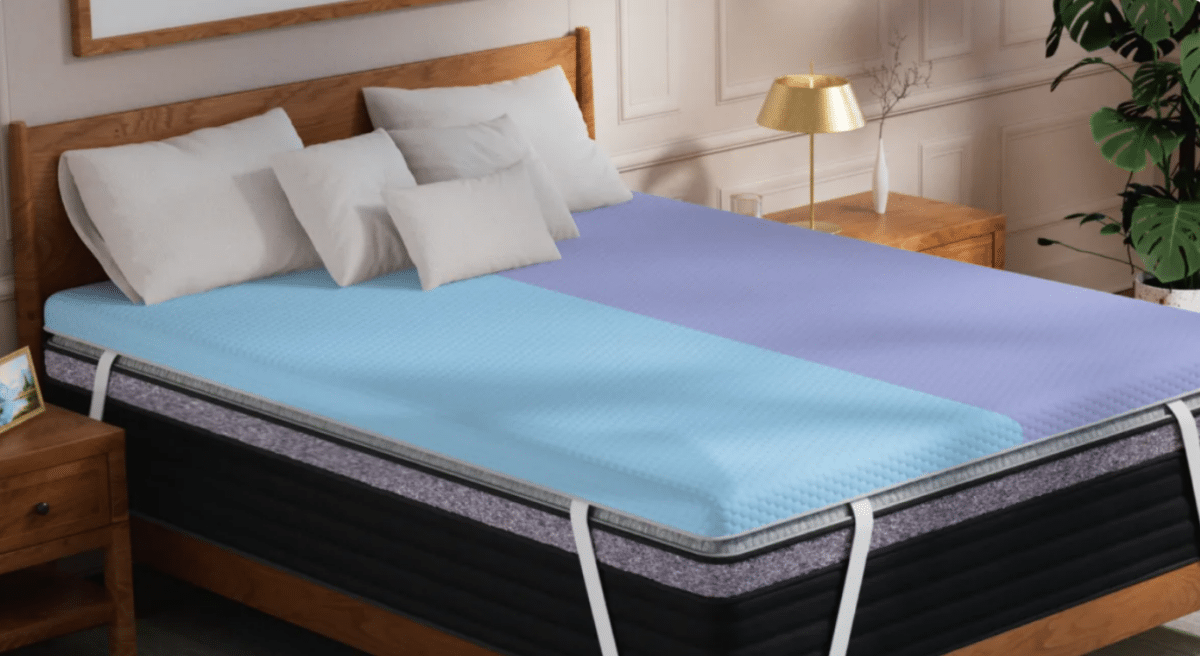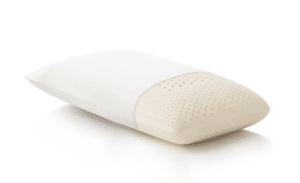Have you ever found yourself stacking pillows, folding them, or wishing for something different from what you’re currently sleeping on? The search for the best pillow isn’t one-size-fits-all. While pillow materials and feel are critical factors, one aspect frequently overlooked is pillow height. Understanding how the ideal pillow height corresponds to your body type and sleep position is vital for achieving optimal spinal alignment, which plays a significant role in the quality of your sleep.
The Role of Pillow Height in Sleep Quality
Determining the right pillow height starts with recognizing your primary sleep position. Are you a side sleeper, a back sleeper, or do you prefer to sleep on your stomach? Analyzing your sleep habits can reveal a lot about the support your body needs. If you often switch positions during the night, your sleep style may be classified as mixed. In this case, a hybrid pillow that combines features suited for multiple positions may be your best bet.
Pillow Height Considerations by Sleep Position
When it comes to deciding the ideal height for your pillow based on sleep position, it’s essential to recognize the specific requirements for each type:
Side Sleepers
For side sleepers, the best pillow height should be relatively high to accommodate the elevation created by sleeping on your shoulder. A thicker, firmer pillow ensures that your spine remains properly aligned, preventing neck strain. The goal is to maintain a neutral spine alignment, which looks like a straight line when viewed from behind.
Back Sleepers
Back sleepers benefit from a medium height pillow. It should lift your head just enough to maintain the natural S-curve of your spine, ensuring comfort and reducing tension in your neck. Medium firmness is recommended to provide adequate support while still allowing some give for comfort.
Stomach Sleepers
Stomach sleepers face unique challenges. To avoid straining the neck, a thin, soft pillow is ideal, allowing the head to remain close to the mattress. This helps in maintaining proper alignment of the neck and spine, reducing the risk of discomfort.
The Consequences of Incorrect Pillow Height
Having the wrong pillow height can lead to various issues during sleep. If your pillow is too low, your muscles might strain to maintain proper alignment, leading to discomfort and pain. Conversely, a pillow that’s too high can obstruct airflow, making it hard to breathe comfortably. Research shows that a medium-height pillow often provides the best support while minimizing muscle activation, thereby promoting relaxation during the night.
Incorporating additional pillows for support can also enhance sleep quality. For side sleepers, placing a pillow between the legs can prevent spinal twisting, whereas back sleepers may find relief by positioning a pillow under their knees to alleviate pressure. Stomach sleepers can benefit from a thin pillow under their abdomen, fostering better alignment.
Exploring Pillow Materials and Firmness
When choosing the perfect pillow, the material can significantly impact your comfort and support. Common materials include down, memory foam, polyester, and latex. Each offers distinct feels and levels of firmness. Memory foam and latex are firmer options, while down and polyester tend to be softer. It’s essential to consider your personal preferences regarding feel and firmness based on your sleep position.
Evaluating and Adjusting Your Pillow Height
Your pillow’s performance is best assessed by how you feel in the morning. If you are struggling to fall asleep, waking during the night, or experiencing soreness upon waking, it may be time to reevaluate your pillow. Start by assessing your pillow’s feel, then lie down in your dominant sleep position. Notice whether your head and neck align with your spine. Don’t hesitate to ask a partner for their opinion or take a photo to verify your spinal alignment.
Remember to give yourself time—at least a week—to determine if your pillow suits your needs. It may be wise to begin with a lower height and gradually adjust using an insert to find the optimal height for you.
Conclusion: Finding Your Perfect Pillow Height
To summarize, the right pillow height is crucial for achieving restful sleep and maintaining spinal alignment. Whether you’re a side, back, or stomach sleeper, understanding the nuances of pillow height can significantly influence your sleeping experience. Take the time to explore various options and adjust your pillow arrangement until you discover what works best for you. Our pillow reviews offer a comprehensive look at a range of styles and materials to help you on your journey to better sleep.
Invest in your sleep quality today by considering the power of proper pillow height—your best pillow awaits!



















